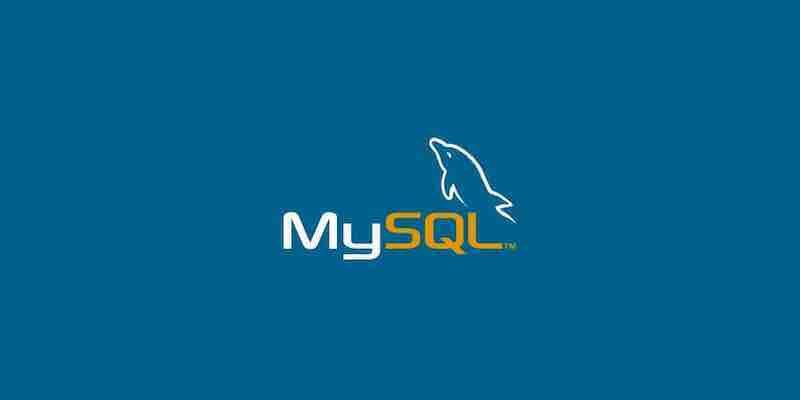Running A Consistency Check On A MySQL Server

Running a consistency check on a MySQL server typically involves checking the integrity of the tables and indexes in the database. MySQL provides several ways to do this, depending on your tables’ storage engine. Here’s how you can perform a consistency check:
For InnoDB Tables
InnoDB is the default storage engine for MySQL and has built-in crash recovery and consistency checking. To check InnoDB tables, you can use the CHECK TABLE command:
CHECK TABLE your_table_name;This command checks a table or tables for errors. You can run it on multiple tables at once or even on all tables in a database like this:
CHECK TABLE table1, table2, ...;
-- or
CHECK TABLE table1 FOR UPGRADE;For all tables in a database:
mysqlcheck -u username -p --databases your_database_nameFor MyISAM Tables
If you’re using MyISAM tables, you can use the myisamchk utility, which checks, repairs, or optimizes MyISAM tables. It’s important to note that myisamchk should only be run when the MySQL server is not using the tables, or the tables should be locked.
myisamchk /path/to/table_name.MYIUsing mysqlcheck
The mysqlcheck Client programs can check, repair, optimize, or analyze tables. It works for MyISAM and InnoDB tables. To check all tables in all databases, run:
mysqlcheck -u username -p --all-databasesTo check all tables in a specific database:
mysqlcheck -u username -p --check your_database_nameTo prevent a particular table:
mysqlcheck -u username -p --check your_database_name your_table_nameUsing phpMyAdmin
If you have phpMyAdmin installed:
- Log in to phpMyAdmin.
- Select the database you want to check from the sidebar.
- Select the tables you want to check (or select all).
- Choose “Check table” from the dropdown menu.
Important Notes
- Always back up your database before performing any operations affecting data integrity.
- If you’re running a check on a live server, consider the impact on performance, as some of these operations can be resource-intensive.
- You may need to run a repair operation if you find errors during the consistency check.
If you’re experiencing specific errors or issues, your steps might vary, so it’s essential to tailor your approach to your situation.